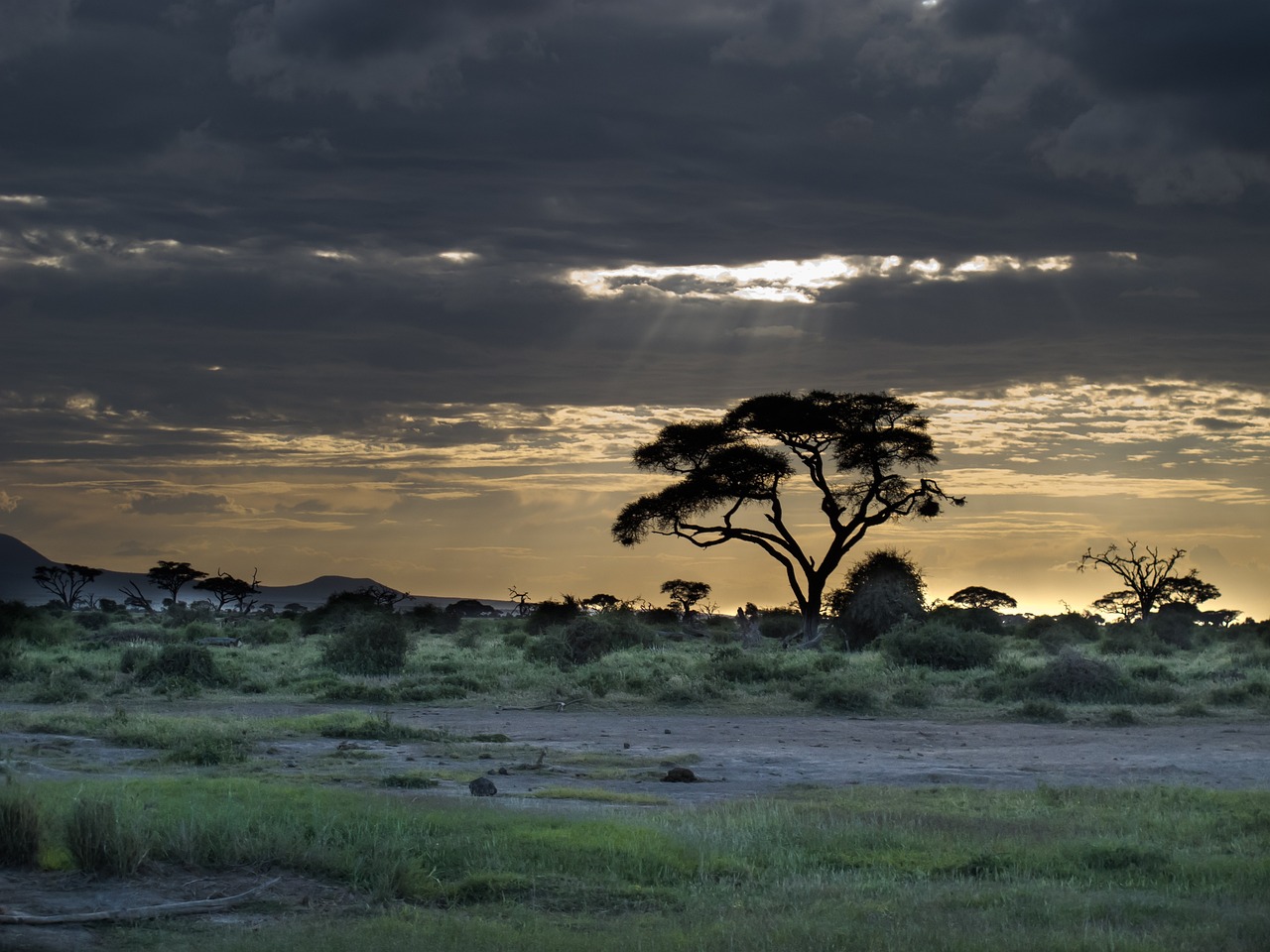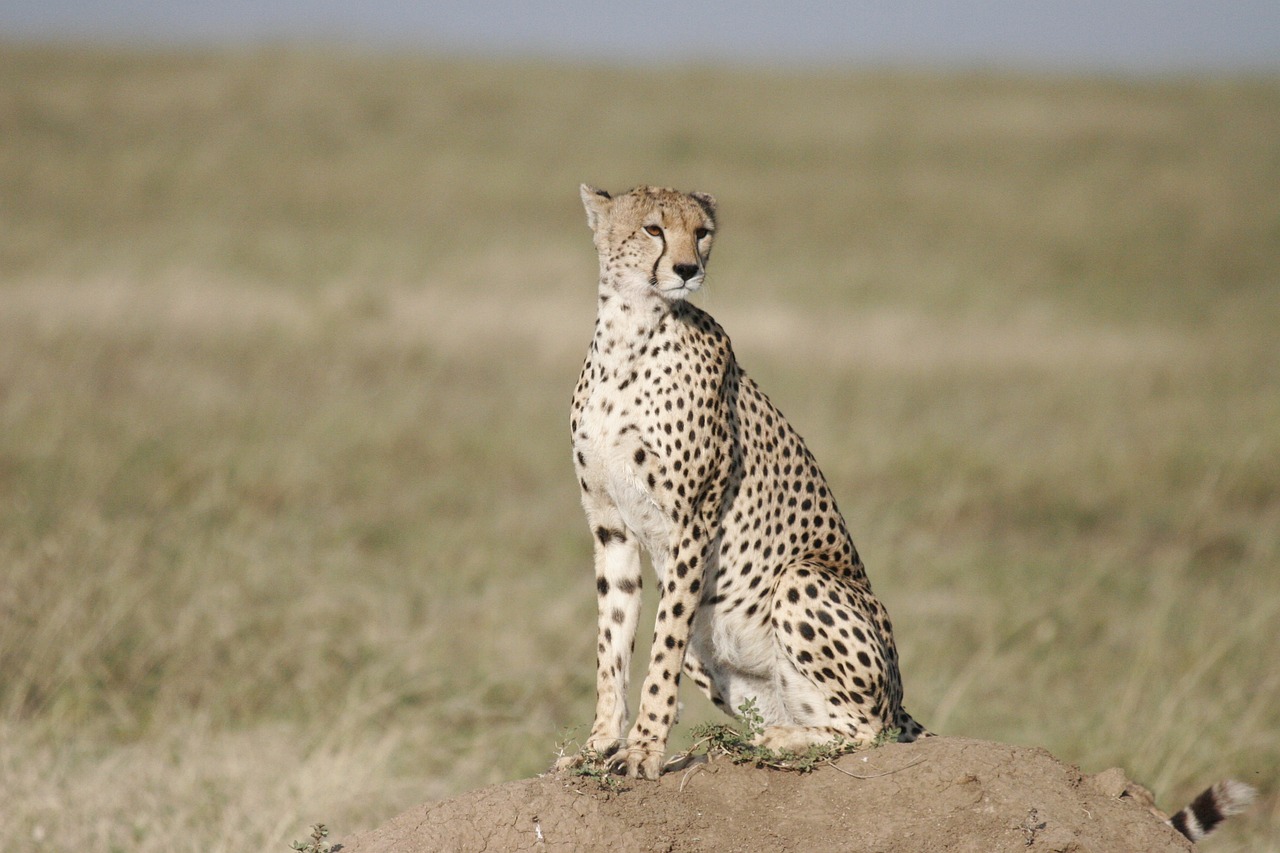Weathering Kenya: Seasonal Changes and What to Expect
Kenya, located in East Africa, experiences diverse climatic conditions due to its varying topography and proximity to the equator. The country’s weather patterns are influenced by factors such as altitude, prevailing winds, and the presence of large bodies of water. Understanding the seasonal changes and what to expect in Kenya is essential for travelers and residents alike. This article provides a detailed overview of Kenya’s weather throughout the year.
Introduction
Kenya’s climate can be broadly classified into four major seasons: the long rains, short rains, cool season, and hot season. Each season brings its own unique weather conditions and activities. Whether you’re planning a safari adventure, a beach getaway, or exploring Kenya’s vibrant cities, knowing what to expect in terms of weather will help you make the most of your experience. Let’s explore each season in detail.
Long Rains Season
The long rains season in Kenya typically occurs from March to May. During this period, the country experiences heavy rainfall, especially in the western and central regions. The long rains are essential for agriculture and contribute to the lush green landscapes that Kenya is known for. However, it’s important to note that rainfall can be unpredictable, and prolonged showers may lead to localized flooding in some areas.
- Abundance of Wildlife: The long rains season is an excellent time for wildlife enthusiasts as the rains rejuvenate the vegetation, attracting a wide variety of animals. National parks and reserves, such as Maasai Mara and Amboseli, offer fantastic opportunities for game drives and witnessing the Great Migration.
- Limited Accessibility: Due to the heavy rains, some remote areas and dirt roads may become impassable. It’s advisable to check road conditions and plan your itinerary accordingly.
- Lush Landscapes: The long rains transform Kenya’s landscapes into vibrant greenery, creating picturesque views and ideal conditions for photography.
- Lower Tourist Numbers: The long rains season is considered the low season for tourism, which means fewer crowds and potentially lower prices for accommodations and activities.
Kenya Image 1:

Short Rains Season
The short rains season in Kenya occurs between October and December. This season is characterized by sporadic showers, usually in the afternoons and evenings. The short rains help replenish water sources and maintain the country’s lush landscapes.
- Mild Temperatures: The short rains season brings relief from the hot temperatures of the previous months. The weather is generally cooler, making outdoor activities more comfortable.
- Wildlife and Bird Watching: The short rains season coincides with the birthing season for many wildlife species, providing excellent opportunities to witness young animals in their natural habitats. It’s also a great time for bird enthusiasts, as migratory birds arrive in Kenya.
- Scenic Beauty: The combination of occasional showers and sunny intervals creates stunning rainbows and picturesque landscapes, perfect for nature lovers and photographers.
Cool Season
The cool season in Kenya spans from June to August. This period is characterized by cooler temperatures and drier conditions, making it an ideal time for outdoor activities and exploring Kenya’s diverse attractions.
- Pleasant Weather: The cool season offers comfortable temperatures during the day, with cooler nights. It’s a great time for activities such as hiking, wildlife safaris, and visiting cultural sites.
- Peak Tourist Season: The cool season coincides with the peak tourist season in Kenya, attracting visitors from around the world. It’s advisable to book accommodations and activities in advance to secure your preferred options.
- Clear Skies: The cool season is characterized by clear skies and minimal rainfall, providing excellent visibility for outdoor adventures and photography.
Kenya Image 2:

Hot Season
The hot season in Kenya occurs from December to March. During this period, temperatures can soar, especially in the arid regions of northern Kenya. The hot season is a popular time for beach vacations and water-based activities.
- Beach Getaways: Kenya’s coastal regions, including Mombasa and Diani Beach, experience warm temperatures and provide an ideal setting for relaxing by the ocean and enjoying water sports.
- Wildlife Viewing: Despite the heat, wildlife can still be observed in national parks and reserves. Game drives in the early mornings and late afternoons offer the best chances of spotting animals.
- Festivals and Events: The hot season is a time for vibrant festivals and cultural events in Kenya. The Lamu Cultural Festival and the Lake Turkana Festival are just a few examples of the rich cultural experiences available during this period.
Conclusion
Kenya’s seasonal changes offer a diverse range of experiences for travelers. Whether you prefer lush landscapes, wildlife encounters, or beach retreats, there’s a season in Kenya that caters to your preferences. By understanding the weather patterns and what each season brings, you can plan your trip accordingly and make the most of your time in this beautiful country.
Kenya Image 3:

References
– Kenya Meteorological Department: meteo.go.ke
– Kenya Wildlife Service: kws.go.ke
– Kenya Tourism Board: magicalkenya.com


